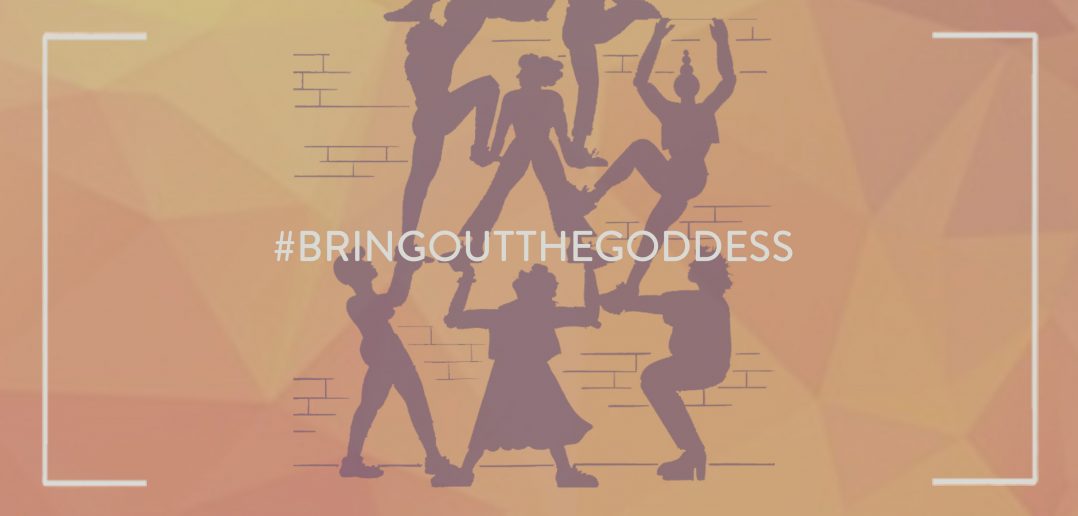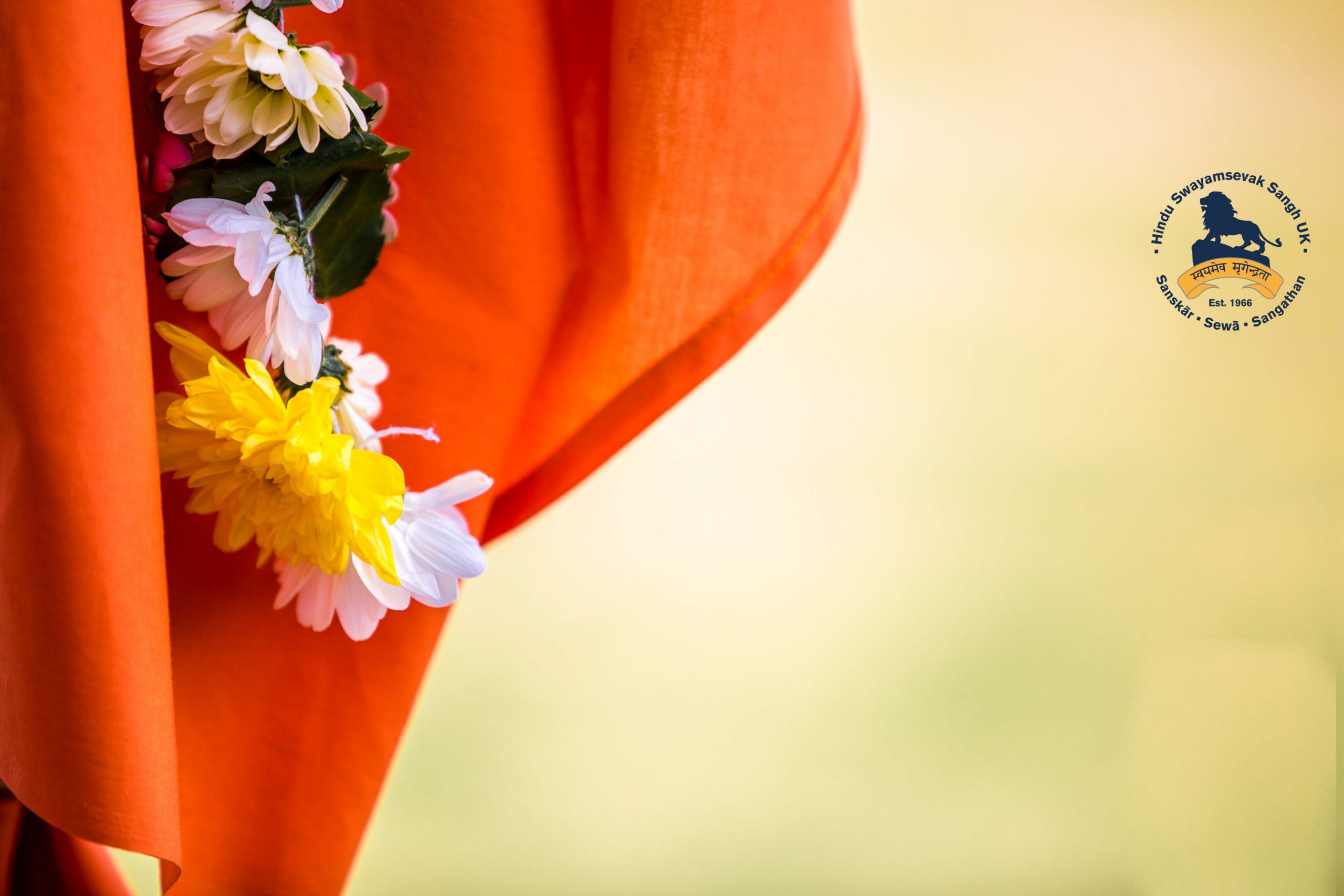Aham Brahmasmi- it’s time for a big idea
It’s about six in the evening, it’s October, and I’ve just turned eight. Mum’s running around her bedroom trying to find a couple of rogue safety pins, so she can help me get into my chania chori. I stand awkwardly, waiting for her to unearth the last one. She’s got it and proceeds to position my arms abruptly while she pins the folds of fabric around me. Finally, she’s ready and admires her work. I look in the mirror. Great, I look like a Christmas tree.
This was what nine nights every autumn looked like as we celebrated Navratri. I was an awkward child, so the thought of socialising and dancing with other people filled me with dread. Still, we bundled into the car, chiffon and sequins digging into my rib cage.
Despite my inability to play garba, for me, Navratri has always been special because of the madh in the middle of the room. Every night during the festival, before the floor crowded with whooping and jumping, I would walk quietly around the madh, looking intently at each and every picture on it. Durga with her lion steed, chakra spinning around her right index finger, Kali with tongue defiantly stuck out, a garland of skulls laced around her neck, and my personal favourite, Saraswati sat on a swan, book in hand, eyes smiling.
This small but significant ceremony of mine was an annual tradition. I looked at each and every one of them with awe and respect. The more I learned and the more I asked questions, I discovered that these weren’t just pretty pictures. For a young girl, this was hugely important, as I realised that I was growing up in a culture that celeb seeing exactly how valiant, determined and courageous women can be are. Aham Brahmasmi was a very real thing that pushed us to recognise the divinity and strength in all women, and now is the time to live it out.
At 28 years old, I’ve observed and experienced just how much we women have to endure. From sexual violence to the glass ceiling, to outspoken women being called “bossy” or “bulldozers”, all of these things take the strength and divinity of a woman and revile her for it. Every time I’ve come face to face with these in my 28 years, those images of Kali, Durga and Saraswati reminded me of my strength, and that of every woman.
The simple fact is, we shouldn’t have to endure these things. In an age of Me Too and Time’s Up, the world is waking up and it looks like changes are happening, changes that will mean something. The theme for this year’s International Women’s Day is Press for Progress, and it calls on all of us to work together to accelerate gender equality. It’s a call to action for the whole world, but this is our chance to make sure young girls know they truly can learn from Kali, Durga and Saraswati.
So, let’s take a leaf from them and really recognise the strength and divinity of all women. Perhaps then, we can play a part in creating a world where that ceiling can shatter, and young girls won’t be labelled bossy when boys are praised for being assertive.
Devika Jina
Tattva Authorship Programme Participant




